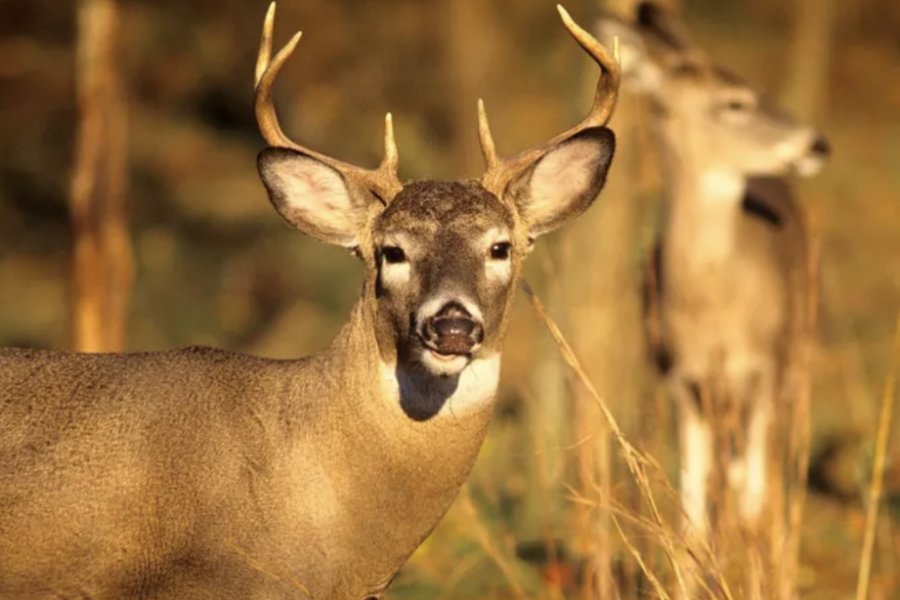Forbes Researchers have discovered dozens of white-tailed deer infected with the virus that causes Covid-19 in Ohio, suggesting that spillover of the virus between humans and animals is less rare than previously believed, according to a study published Monday in the journal Nature Communications—news that comes as doctors are tracking a new Covid-19 variant in humans.
Scientists collected 1,522 nasal swabs from free-ranging deer in 83 of Ohio’s 88 counties between November 2021 and March 2022, tested those swabs and found more than 10% of the samples were infected with coronavirus, according to the study.
Additionally, the researchers found, by analyzing the genetic material of the virus, that at least 30 of those infections had been introduced to the deer by humans.
They also found, by examining blood samples to detect antibodies that would indicate previous exposure to coronavirus, that an estimated 23.5% of deer in Ohio had been infected with the virus at one point in time.
Researchers said they’d initially thought the infections would be mostly limited to deer living in urban parts of the state that have lots of contact with people, but at least one positive case was found in a deer in 59% of the counties in which testing took place, many of which were rural.
Andrew Bowman, co-senior author of the study and an associate professor of veterinary preventive medicine at Ohio State University, said that this is “probably not a one-way pipeline” and that “the evidence is growing that humans can get it from deer” too, though the study did suggest that the Covid-19 vaccines helps protect against spillover of the virus from deer to humans.
The researchers said their findings suggest the white-tailed deer serves as a “reservoir” for coronavirus and that the virus can both mutate quicker in deer, but also that strains of the virus—like the original alpha strain that began the Covid-19 pandemic or the delta strain which was largely replaced by the omicron strain in late 2021—are surviving in deer populations, despite no longer being seen in humans.
